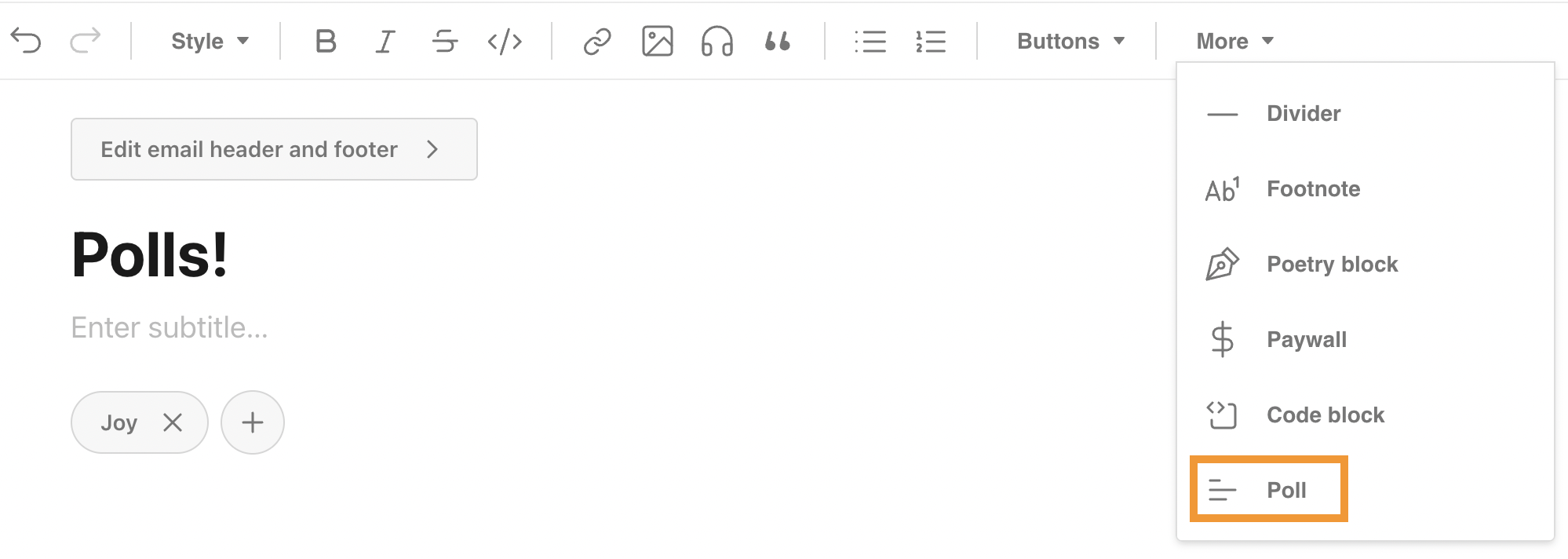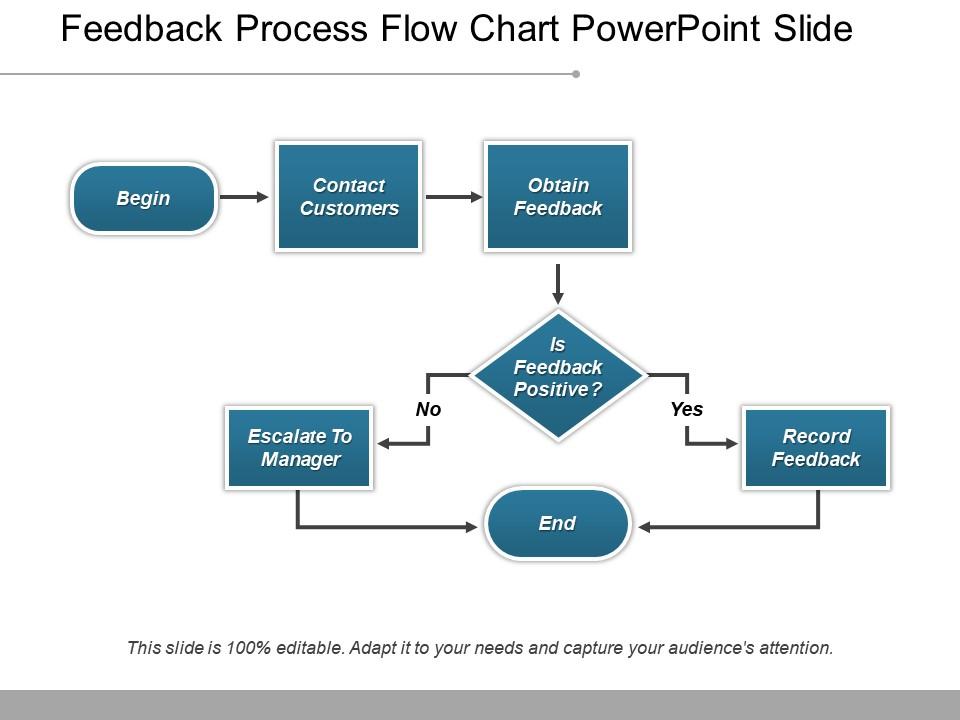Get Subscriber Feedback: 7 Ways to Engage Your Substack
By Warden
February 2, 2025
·
4 min read

Contents
- 1. The Power of Asking: Direct Feedback Strategies
- 2. Beyond the Post: Creative Feedback Channels
- 3. Tools of the Trade: Leveraging Feedback Platforms
- 4. Turning Insights into Action: Using Feedback Effectively
- Conclusion
Get the latest substack news delivered to your inbox.
Building a thriving Substack isn't just about hitting "publish" – it's about cultivating a community around your words. And what better way to grow that community than by actually listening to what your readers want?

It's easy to get caught up in crafting the perfect post, but understanding your audience is just as crucial. This article explores effective ways to gather valuable feedback and transform your Substack from a one-way street into a dynamic conversation.
Ready to really connect with your subscribers? Let's dive in!
1. The Power of Asking: Direct Feedback Strategies
Sometimes, the simplest approach is the most effective. Substack offers built-in features that make gathering feedback incredibly easy:
- Embrace the Comments: Encourage readers to share their thoughts directly below your posts. Ask specific questions to spark discussion, like "What resonated most with you?" or "What other topics would you like to see covered?"
- Harness the Power of Polls: Want a quick temperature check on a particular topic? Substack's poll feature is your friend. Use it to gauge interest in future content or get quick opinions on specific aspects of your writing.

Pro-Tip: Don't just ask, engage! Respond to comments thoughtfully, acknowledge different viewpoints, and show your audience you truly value their input.
2. Beyond the Post: Creative Feedback Channels
While Substack provides great tools, don't be afraid to think outside the comment box!
- Social Media Synergy: Promote your Substack on social media platforms and use those channels to gather feedback. Run polls on Twitter, spark discussions in Facebook groups, or ask for opinions on your Instagram stories.
- Dedicated Feedback Forms: Want more structured feedback? Create a simple Google Form or use a free tool like Typeform to gather specific insights. You can ask about content preferences, reading habits, or even suggestions for improvement.
- Virtual Coffee Chats: Take engagement to the next level by hosting online Q&A sessions or "Ask Me Anything" sessions. These live interactions allow for real-time feedback and foster a strong sense of community.

Example: A writer focusing on personal finance could host a monthly Q&A session where subscribers can ask for advice on budgeting, investing, or other financial topics.
3. Tools of the Trade: Leveraging Feedback Platforms
For those who crave more robust solutions, several online platforms are designed specifically for collecting and analyzing feedback:
- SurveyMonkey: This popular platform allows you to create customizable surveys to gather detailed feedback on various aspects of your Substack.
- Typeform: Known for its sleek interface, Typeform makes providing feedback fun and engaging for your audience.
- Google Forms: A free and versatile option, Google Forms allows you to create simple polls, surveys, and even quizzes to gather feedback and understand your audience better.

Remember: Choose the tool that aligns best with your needs and budget.
4. Turning Insights into Action: Using Feedback Effectively
Receiving feedback is just the first step. The real magic happens when you translate those insights into tangible improvements:
- Analyze the Data: Identify common themes, recurring suggestions, or areas where opinions differ. Look for patterns and trends that can guide your content strategy.
- Prioritize and Implement: You can't please everyone, so focus on changes that align with your overall vision and address the most critical feedback.
- Close the Loop: Let your audience know how their feedback is shaping your Substack. Share updates on changes you've made based on their input, and thank them for their valuable contributions.

Actionable Tip: Create a simple spreadsheet to track feedback over time. This will help you identify trends and measure the impact of any changes you make.
Conclusion
By actively seeking and implementing subscriber feedback, you transform your Substack from a simple newsletter into a thriving community. Embrace these strategies, experiment with different approaches, and most importantly, enjoy the journey of connecting with your audience on a deeper level.
Now, tell me, what feedback methods resonate most with you? Share your thoughts in the comments below!